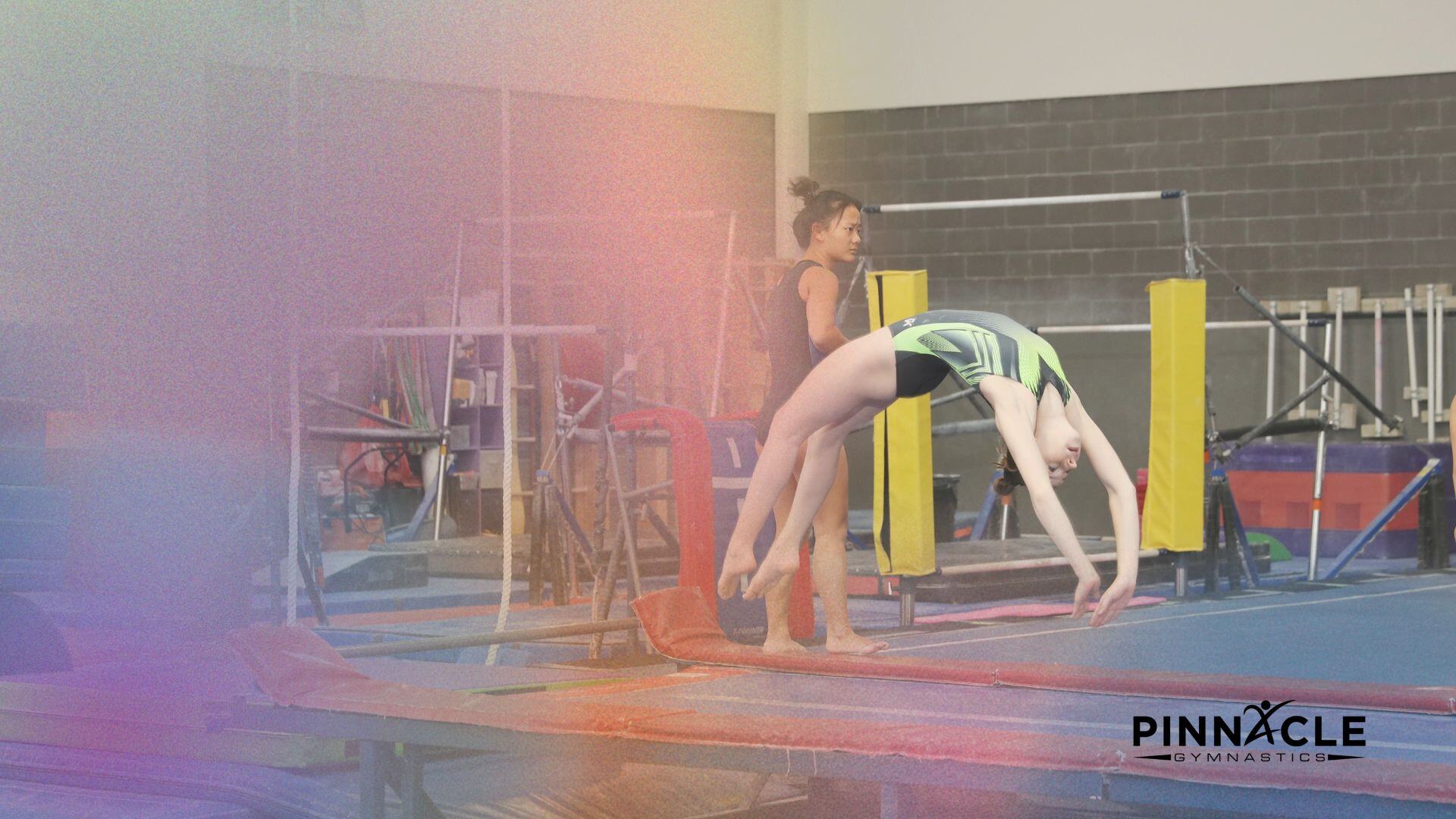The Safety of Foam Pits
Foam pits are commonly used for gymnastics training purposes. They help aid in the development of new skills by providing a soft, forgiving landing surface. Those trained in using foam pits know that proper entry is a key to a safe landing, even in a foam pit. A safe landing is one that enters feet first with a tight core. Landing in a pit head first or in an arched position can lead to back and neck injuries.
 Furthermore, having a properly fluffed pit creates the right density for safe landings. After repeated use, foam blocks compress against the edges of the pit and each other eliminating the air pockets that make traditional pit landings so safe. As the foam compresses, the pit landing becomes more like landing on a hard surface and less forgiving on all parts of the body. Pits that are not properly maintained lead to an increased number of injuries to those athletes entering them.
Furthermore, having a properly fluffed pit creates the right density for safe landings. After repeated use, foam blocks compress against the edges of the pit and each other eliminating the air pockets that make traditional pit landings so safe. As the foam compresses, the pit landing becomes more like landing on a hard surface and less forgiving on all parts of the body. Pits that are not properly maintained lead to an increased number of injuries to those athletes entering them.
The safety of foam pits is correlated to the regular maintenance performed and the types of landings used to enter the pit.
Fluffing a pit involves removing the blocks from the pit, cleaning out any dust, dirt, or debris that has accumulated, and refilling the pit with the blocks creating new air pockets for safe landings. For years, this process has been completed by having multiple people get into the pit, throw the blocks out by hand, clean the pit, and the refill the pit with blocks. A proper pit fluff normally takes between 20 and 40 minutes depending on the size of the pit and the number of helpers.
There are now new products that can help decrease the time it takes to properly maintain a foam pit.
Maintaining a Foam Pit
1. Covered Foam
Covered Foam is like gold in the gymnastics community. This foam delays the decay of the foam blocks and prevents the foam dust from getting into the air and into the bottom of the foam pit. Most foam blocks are sold uncovered. The covers are sold separately and must be put on each block. Though a tedious task, the long term pay offs include long lasting foam and safer air quality for athletes and coaches.

2. Pit Fluffing System
A pit fluffing system is installed by adding an air bladder into the bottom of the pit. An air blower is then attached to the bladder to inflate. Typically a switch operates the blower so that maintenance can be done on an as scheduled and as needed basis. The air blower inflates the bladder and pushes compressed foam up and sometimes even out of the pit. This process recreates all of the air pockets necessary for safe landings. It also makes it easier to clean out pits to ensure their safety for athletes.
The safety of foam pits is reliant upon proper maintenance and use. When foam pits are used properly and well maintained, they make an excellent training tool for new skills. They also allow skills to be repeated without stress to the body that might normally be caused by short or improper landings.
If you are planning to have a foam pit, be sure to create a regular maintenance log and educate staff and participants in safe landing techniques.
Happy Training!





